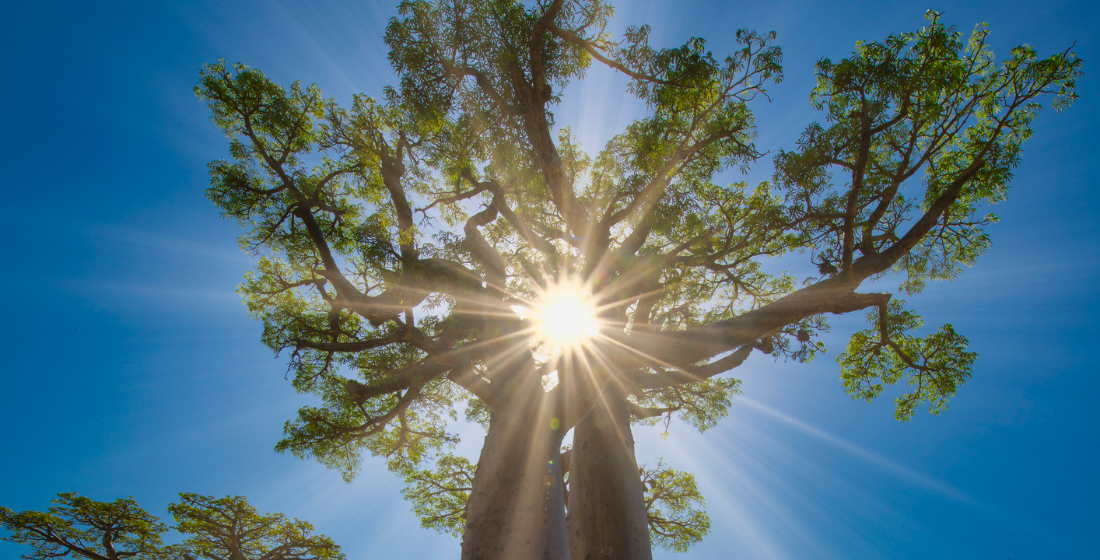DFC bets on blended finance for nature-based climate solutions
The US’ DFI is looking to use de-risking instruments such as credit guarantees to attract diverse groups of investors into projects that use nature to combat environmental degradation and climate change.

The US International Development Finance Corporation (DFC) aims to catalyse more blended-finance transactions for nature-based climate solutions, the organisation’s director of investments revealed on a recent climate-finance webinar.
Nature-based solutions (NBSs) refer to the sustainable management and use of nature for tackling socio-environmental challenges such as climate change, water scarcity and pollution, biodiversity loss, food insecurity, and natural disasters. “In our experience, support for sustainable land-use programmes is inherently support for carbon sequestration, biodiversity conservation, and for local community livelihoods. Nature climate solutions are among the most impactful options we have to limit global warming,” said DFC’s Jamie Cashman on Earth Security’s The blended finance playbook for nature-based solutions webinar.
Decarbonising the global economy
DFC was formed in December 2019 through the merger of the Overseas Private Investment Corporation (OPIC) and the Development Credit Authority (DCA) of the United States Agency for International Development (USAID), along with other smaller offices and funds. Tasked with consolidating US foreign development assistance, DFC was equipped with a vastly expanded lending authority; its overall lending capacity of $60 billion is more than double that of its predecessor institutions. The agency uses that capacity to provide loans, loan guarantees, and insurance, equity and technical advisory services for development projects undertaken by US businesses in lower-income countries. And climate finance has recently been pushed high up the DFI’s agenda.
“In order to achieve what we need to achieve for our planet, whether it’s by 2030 or 2050 or whatever your target is, this really requires solving a complex collective-action problem,” said Cashman. “We have to take a holistic approach to this; we have to figure out a way to bring together the public sector and the private sector—government, philanthropic investors, returned-oriented investors; we’ve all got to be part of this, which is really nothing less than the total transformation of the global economy towards decarbonisation.”
The Nature-Based Solutions Initiative defines NBSs as "actions that work with and enhance nature so as to help people adapt to change and disasters". With NBSs, healthy, resilient and diverse ecosystems (whether natural, managed or newly created) can provide solutions for the benefit of societies and overall biodiversity. For example, the restoration or protection of mangroves along coastlines accomplishes several things: Mangroves moderate the impact of waves and wind on coastal settlements or cities, as well as sequester CO2. They also provide safe nurseries for marine life that can be the basis for sustaining populations of fish that local populations depend on. Additionally, the mangrove forests can help control coastal erosion resulting from sea-level rise.
Similarly, in cities, NBSs such as green roofs or green walls can be used to moderate the impact of high temperatures, capture stormwater, abate pollution, and act as carbon sinks, while enhancing biodiversity.
Banking on nature
But NBS programmes tend to be extremely difficult for a bank – even a development bank – to source, structure and close. “The projects don’t lend themselves to any kind of cookie-cutter approach, and so that means that each investment involved has to be tailor-made for the very specific local conditions,” says Cashman. For that reason, NBS projects have tended to be relatively small-scale.
“Financing for climate adaptation has been relatively scarce,” explains Cashman. “Investing in nature-based solutions is like investing in a form of infrastructure, and like investments in infrastructure, there’s a compelling academic argument for why we should all be doing more of it but unfortunately for both, there has been a persistent disconnect between what’s needed and what’s happening.”
For Cashman, both financing gaps arise for the same reasons: both are difficult to finance using traditional revenues and repayment models, and both are plagued by small and scattered deal sizes. “So we really need to be able to aggregate them to make them scalable; and they would really benefit from project-preparation facilities,” he adds.
The long development lead times of NBS projects mean that their economic value is difficult to capture over an investment horizon that would appeal to traditional return-oriented investors. “So we really need to de-risk these structures, and guarantees are one structure that can do that specifically in blended-finance transactions,” says Cashman. “Blended finance in its basic DNA really kind of forces all of the different players to come together so that we don’t operate in silos – and assigns to each party a specific role based on their comparative skills and risk tolerance.”
DFC and its predecessors have typically supported blended finance through technical assistance, as an investor, with political risk insurance, and as a guarantor.
“If we think about natural capital being an asset then the trick here, especially for a bank, is to figure out how we can transform it into a sustainable revenue generator that’s financeable, without exacerbating the environmental and social components. It has to do the opposite; it has to solve those environmental and social problems. And that’s a tricky problem to solve,” posits Cashman.
But DFC believes the best blended-finance vehicles can solve all these problems simultaneously, and the DFI is looking to support them through de-risking instruments such as credit guarantees. “We’ve used the instrument over the past ten years in multiple examples of blended-finance debt funds, and really what we’re doing with the partial credit guarantee is a risk-sharing exercise that helps to tip the scales in the risk-return equation,” says Cashman. “So if an investor is speaking about a unit of risk for a unit of return, we’re lowering the denominator in that calculation – and hopefully that’s incentivising private-sector investors to come in. This is something that we’re going to be doing quite a bit more of at DFC, especially in the sustainable landscape space.”





